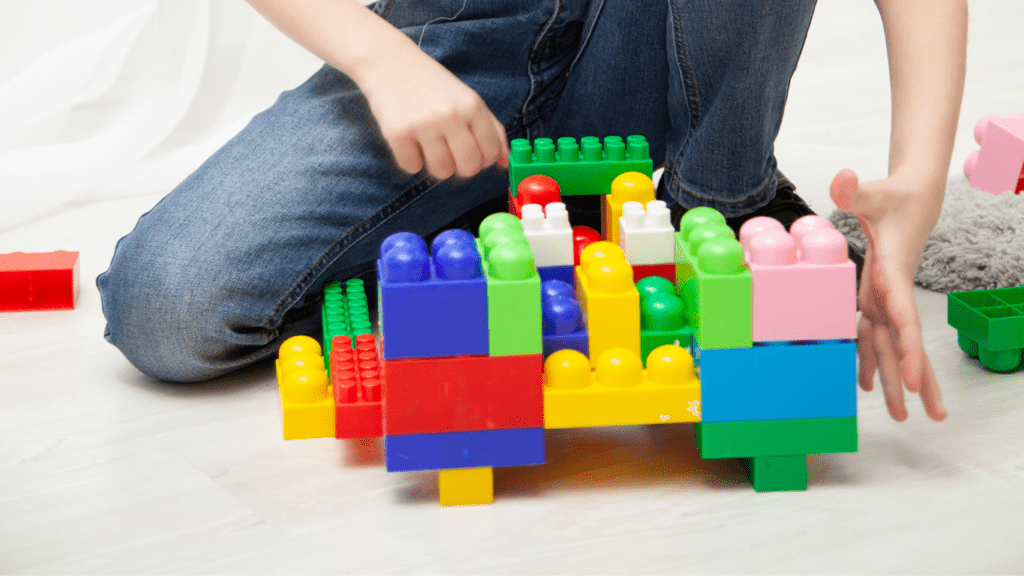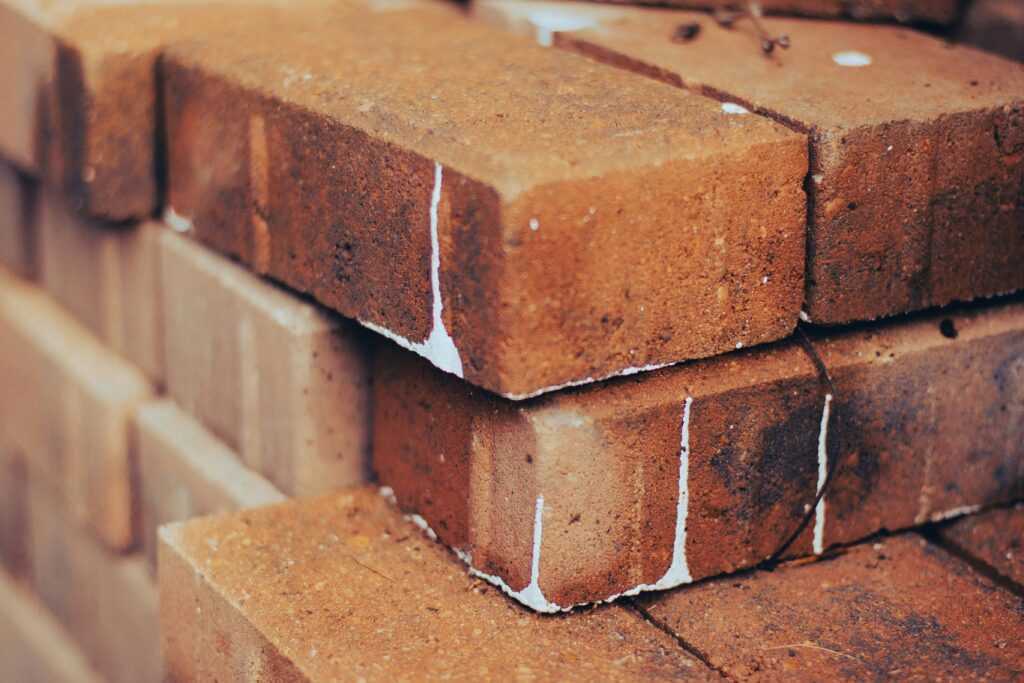Understanding the Basics of Brick Building
Brick building offers a unique blend of creative expression and structural integrity. Exploring the fundamentals helps ensure a strong start to any brick project.
Types of Bricks and Their Uses
Each type of brick serves a distinct purpose, from structural support to aesthetic enhancement such:
- Clay Bricks: Traditional and durable, clay bricks (used in homes and walls) withstand weather conditions well.
- Concrete Bricks: Strong and versatile, concrete bricks are used for load-bearing walls and pavement.
- Engineering Bricks: Known for strength and water resistance, engineering bricks are ideal for basements and damp environments.
- Fly Ash Bricks: Lightweight and eco-friendly, fly ash bricks are suitable for walls and partitions.
- Fire Bricks: With high heat resistance, fire bricks are perfect for fireplaces and barbecue pits.
Essential Tools for Bricklaying
Proper tools ensure precision and efficiency in bricklaying this include:
- Trowel: For spreading mortar evenly and setting bricks.
- Spirit Level: Ensures horizontal and vertical alignment.
- Brick Hammer: Useful for cutting bricks accurately.
- Jointing Tool: Creates smooth, professional-looking mortar joints.
- Wheelbarrow: Convenient for transporting heavy materials like mortar and bricks.
- Measuring Tape: Essential for accurate measurements and layout planning.
Understanding the basics of brick building lays the groundwork for a successful project.
Preparing for Your First Brick Building Project
Starting a brick building project requires careful planning and thorough preparation. Having a clear roadmap ensures a smoother and more successful experience.
Planning Your Design
- Creating a detailed plan before beginning any brick laying project is essential.
- Start by sketching a rough design of your structure.
- Include dimensions, the placement of doors and windows (if applicable), and any additional features.
- This visual roadmap helps in estimating materials and identifying potential challenges.
- Consult local building codes to ensure compliance.
For example, certain regions require specific types of mortar or insulation.
Consider the aesthetic appeal of your design by choosing a brick pattern that complements the surrounding environment.
Gathering Materials and Tools
Having the right materials and tools is crucial for any brick building project. Compile a list including bricks, mortar, sand, and water. Trowels, spirit levels, and brick hammers are essential tools for precision and efficiency.
Don’t forget safety gear like gloves and eye protection. Purchase high-quality bricks for better durability and an attractive finish.
Choose mortar based on your project’s specifications, ensuring it bonds well with the bricks. Brands like Quikrete provide reliable options. Keep a spirit level handy to maintain even rows of bricks, preventing structural issues.
Step-by-Step Guide to Laying Bricks

Laying bricks requires precision, patience, and the right techniques. Follow these steps to create a solid foundation for your project.
Setting Up Your Work Area
Prepare the work area by clearing debris and leveling the ground.
Organize tools and materials within reach to increase efficiency. Maintain a clean boundary, using stakes and string to mark the layout to ensure straight lines.
Laying the First Layer of Bricks
Begin by spreading a thick layer of mortar on the foundation to improve adhesion. Place the first brick at one end, pressing it into the mortar. Use a spirit level to ensure it’s even.
Continue laying bricks end-to-end, applying mortar between each one to fill the joints. Check alignment continuously with a string line.
Applying Mortar Correctly
Mix mortar to the right consistency—neither too runny nor too stiff. Trowel a bed of mortar onto the surface, about 1 inch thick. When adding mortar between bricks, use the trowel’s edge to spread it evenly. Remove excess mortar to avoid mess and maintain neat joints.
Tips and Tricks for Beginners
Building with bricks can be rewarding with the right guidance. Here are some essential tips to start your first project successfully.
Ensuring Structural Integrity
Maintaining structural integrity is crucial for any brick structure. Start by laying a strong foundation. Measure and level the ground accurately before placing the first brick.
Use a quality mortar mix to bond bricks securely. If mortar quality is poor, your structure may fail. Regularly check brick alignment using a spirit level. Errors in alignment can weaken the structure.
Reinforce walls with steel rods or rebar if your project requires added strength. Insert reinforcement every few layers for better stability.
Aesthetic Considerations in Bricklaying
Consider aesthetics to achieve a visually pleasing result. Select bricks that complement your surroundings in color and texture. For example, red bricks give a rustic look, while white bricks offer a modern feel.
Ensure uniform joints by using spacers. Disjointed bricks can look unprofessional. Clean excess mortar immediately after bricklaying. Dried mortar is harder to remove and can tarnish the look.
Create patterns or designs using different brick arrangements. Basketweave or herringbone patterns add unique charm to any wall. Maintain consistent brick orientation for a cohesive appearance. Inconsistent orientation can disrupt the overall design.

 is an experienced contributor at Play Briks Construction, where he specializes in exploring the educational potential of construction toys in early childhood development. His work emphasizes the importance of hands-on play in fostering creativity, problem-solving skills, and spatial awareness among children. Patrick is dedicated to providing parents and educators with practical insights and strategies for integrating construction play into learning environments. He also focuses on the latest trends and innovations in the toy industry, ensuring that his audience stays informed and engaged.
is an experienced contributor at Play Briks Construction, where he specializes in exploring the educational potential of construction toys in early childhood development. His work emphasizes the importance of hands-on play in fostering creativity, problem-solving skills, and spatial awareness among children. Patrick is dedicated to providing parents and educators with practical insights and strategies for integrating construction play into learning environments. He also focuses on the latest trends and innovations in the toy industry, ensuring that his audience stays informed and engaged.

